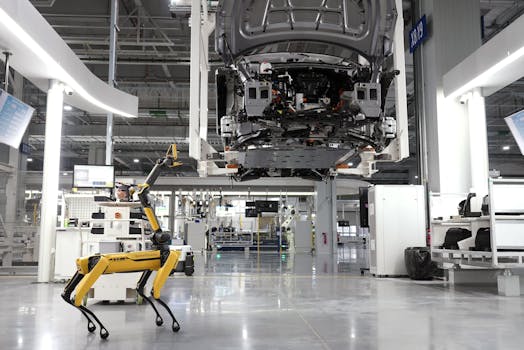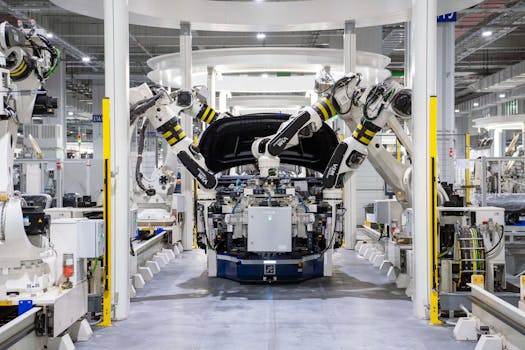
The Evolution of Mechanical Engineering Through the Ages
Takeaways: This article delves into the rich history of mechanical engineering, tracing its evolution from ancient civilizations to the cutting-edge technologies of today. Readers will learn about pivotal inventions, influential figures, and the impact of mechanical engineering on society and industry.
Mechanical engineering is a discipline that has evolved significantly over the centuries. It encompasses the design, analysis, and manufacturing of mechanical systems, and its roots can be traced back to ancient civilizations. This blog post will explore the key milestones in the evolution of mechanical engineering, highlighting its development through various historical periods.
1. Ancient Civilizations and the Birth of Mechanisms
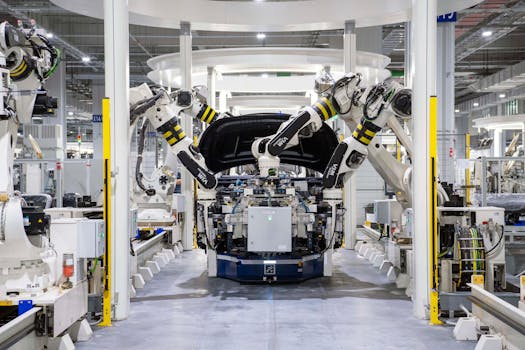
In ancient Greece, philosophers and engineers like Archimedes advanced the understanding of mechanics. Archimedes is famous for his work with levers and pulleys, and his principle of buoyancy laid the groundwork for future innovations in fluid mechanics. The invention of the steam engine in the first century AD by Hero of Alexandria marked another significant milestone. Hero’s steam engine, known as the aeolipile, was a simple device that demonstrated the potential of steam power, although it was not utilized for practical purposes until much later.
2. The Middle Ages and the Renaissance: A Time of Innovation

The Renaissance brought about a renewed interest in science and engineering. Influential figures like Leonardo da Vinci contributed significantly to mechanical engineering with their designs for various machines, including flying machines, bridges, and war engines. Da Vinci’s sketches revealed an understanding of mechanics that was ahead of his time.
During the late Renaissance, the invention of the printing press by Johannes Gutenberg in the 15th century revolutionized information dissemination and contributed to the spread of engineering knowledge. This period also marked the beginning of formal mechanical engineering education, which would evolve into the engineering schools we know today.
3. The Industrial Revolution: The Birth of Modern Engineering
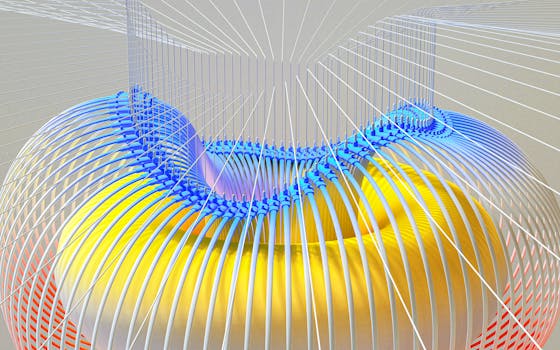
The introduction of mechanized textile production, railroads, and improved transportation systems were all products of mechanical engineering advancements during this era. Engineers like George Stephenson, known as the ‘Father of Railways,’ made significant contributions to locomotive design, further emphasizing the importance of mechanical engineering in the growth of society.
Additionally, the 19th century saw the emergence of thermodynamics as a vital area of study, leading to the development of the internal combustion engine and advancements in energy conversion technologies. Mechanical engineering expanded its reach into various fields, including automotive, aerospace, and robotics.
4. The 20th Century and Beyond: Engineering for the Future
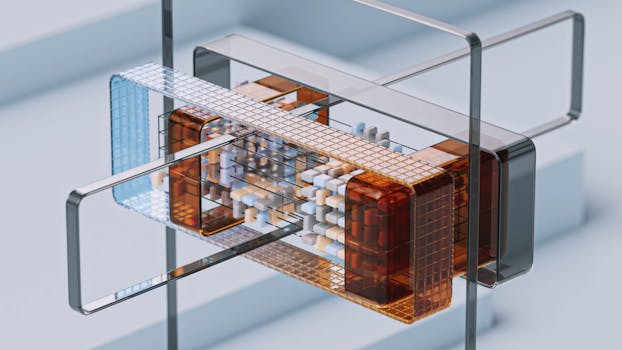
In recent decades, mechanical engineering has continued to evolve with the advent of smart technologies, renewable energy sources, and sustainable design practices. Engineers are now tasked with addressing global challenges such as climate change, resource scarcity, and the need for sustainable development.
The integration of artificial intelligence and machine learning into mechanical systems is paving the way for the next generation of engineering innovations. As technology continues to advance, the field of mechanical engineering will undoubtedly play a crucial role in shaping the future.
Conclusion
